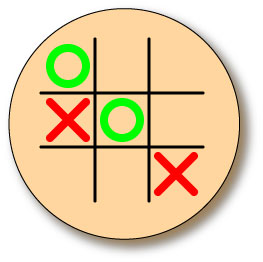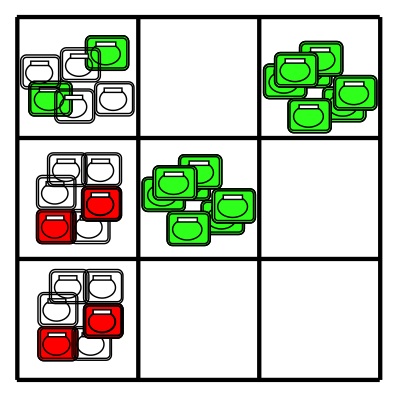Tokyo Alliance: Introduction
From 2006.igem.org
(Difference between revisions)
| Line 1: | Line 1: | ||
[[Image:tokyo_logomini.jpg|right]] | [[Image:tokyo_logomini.jpg|right]] | ||
| - | <center>[[Tokyo Alliance 2006|Top]] : [[Tokyo Alliance: Introduction|Introduction]] : [[Tokyo Alliance: Significance|Significance]] : [[Tokyo Alliance: Design/Method|Design/Method]] : [[Tokyo Alliance: Conclusion|Conclusion]] : [[About Tokyo Alliance]] </center> | + | <center>[[Tokyo Alliance 2006|Top]] : [[Tokyo Alliance: Introduction|Introduction]] : [[Tokyo Alliance: Significance|Significance]] : [[Tokyo Alliance: Design/Method|Design/Method]] : [[Tokyo Alliance: Conclusion|Results/Conclusion]] : [[About Tokyo Alliance]] </center> |
---- | ---- | ||
Revision as of 18:34, 16 October 2006
Contents |
About Noughts-and-Crosses
Noughts-and-Crosses (a.k.a. Tic-Tac-Toe) is widely known board game. We call this "Sanmoku-Narabe"「三目並べ」 in Japanese.
Our project is to make this Noughts-and-Crosses in vivo.
SYANAC Introduction
- 3x3 Squares
- SYANAC and Human take turns to draw Os or X s.
- One who completes a row of three Win the game.
Name
SYANAC is named after Japanese famous woodbrick print master, Toshusai Sharaku. [http://en.wikipedia.org/wiki/Sharaku Sharaku(Wikipedia)]
Inputs/Outputs
- Inputs
- Chemicals
- To indicate each square
- To be spreaded into all squares.
- Chemicals
- Outputs
- Reporter of SYANAC: GFP
- Reporter of Human: RFP


